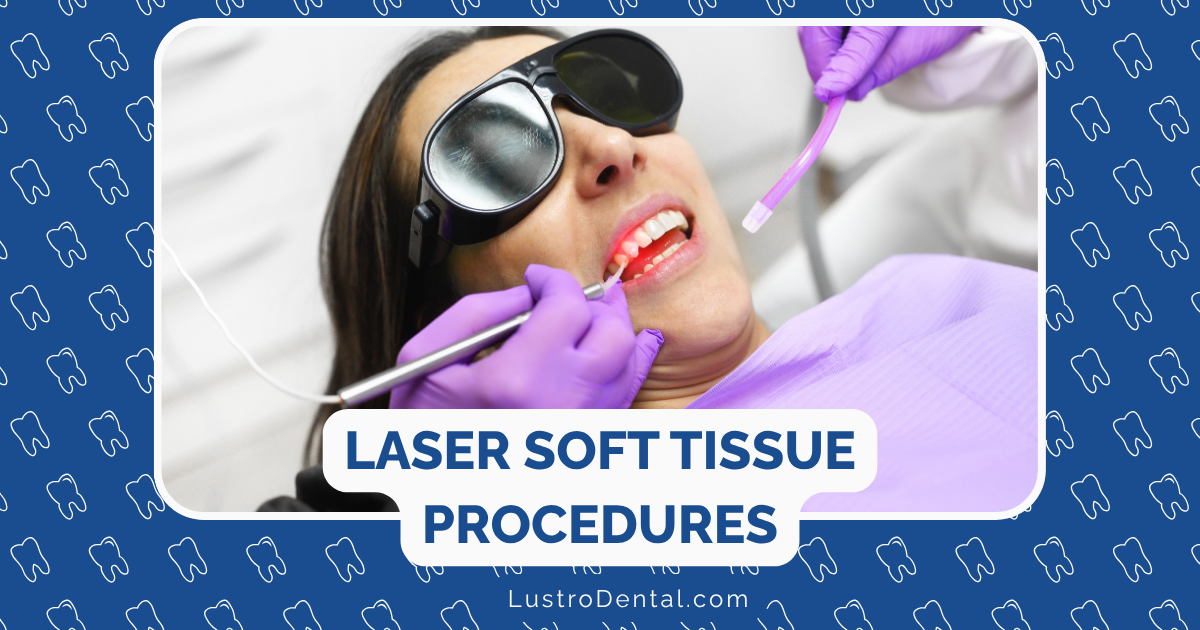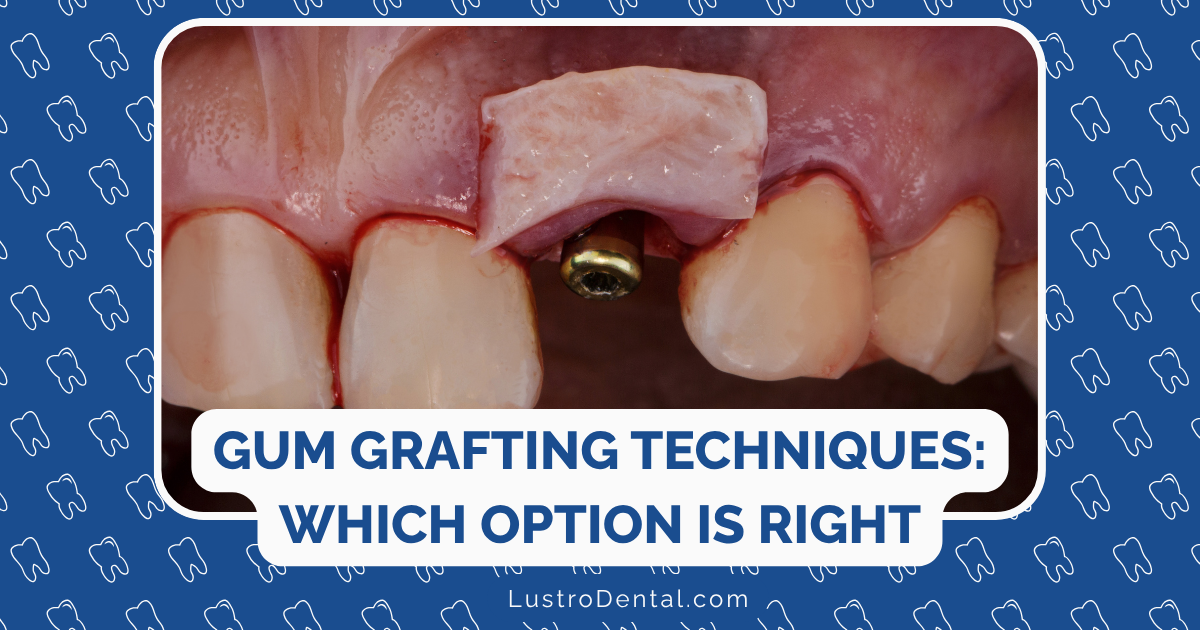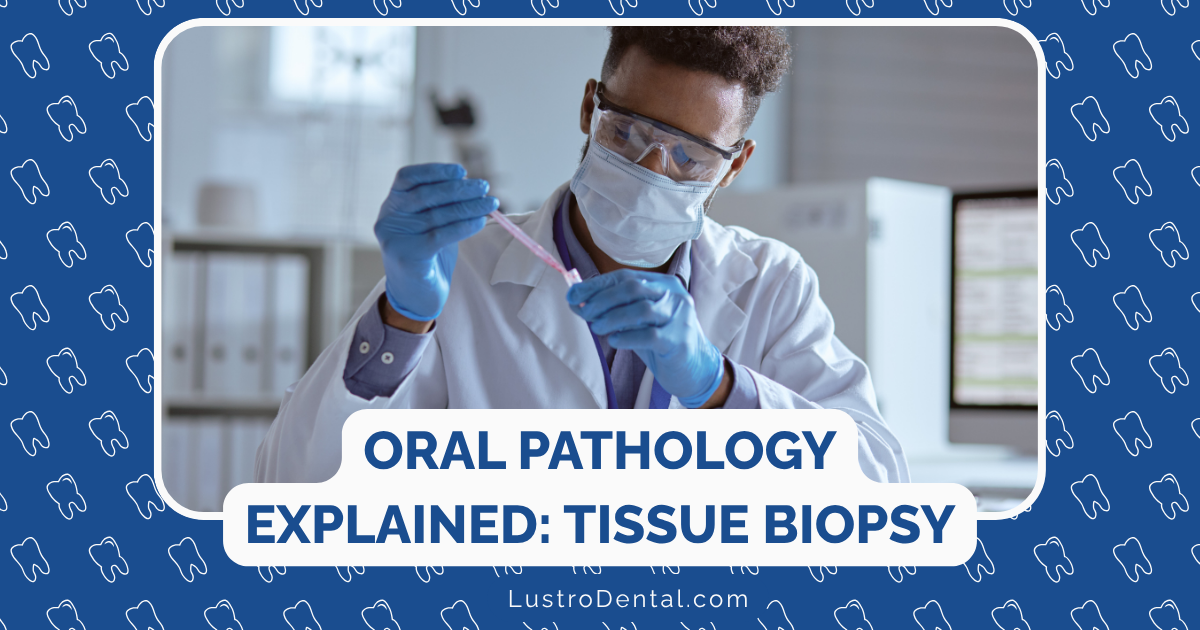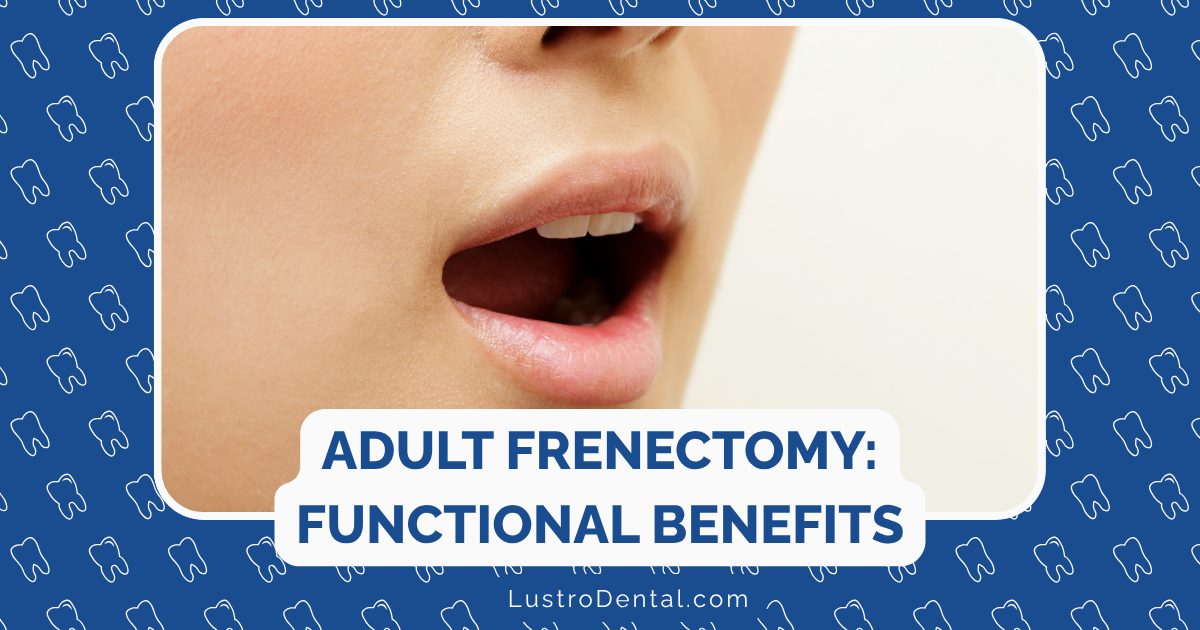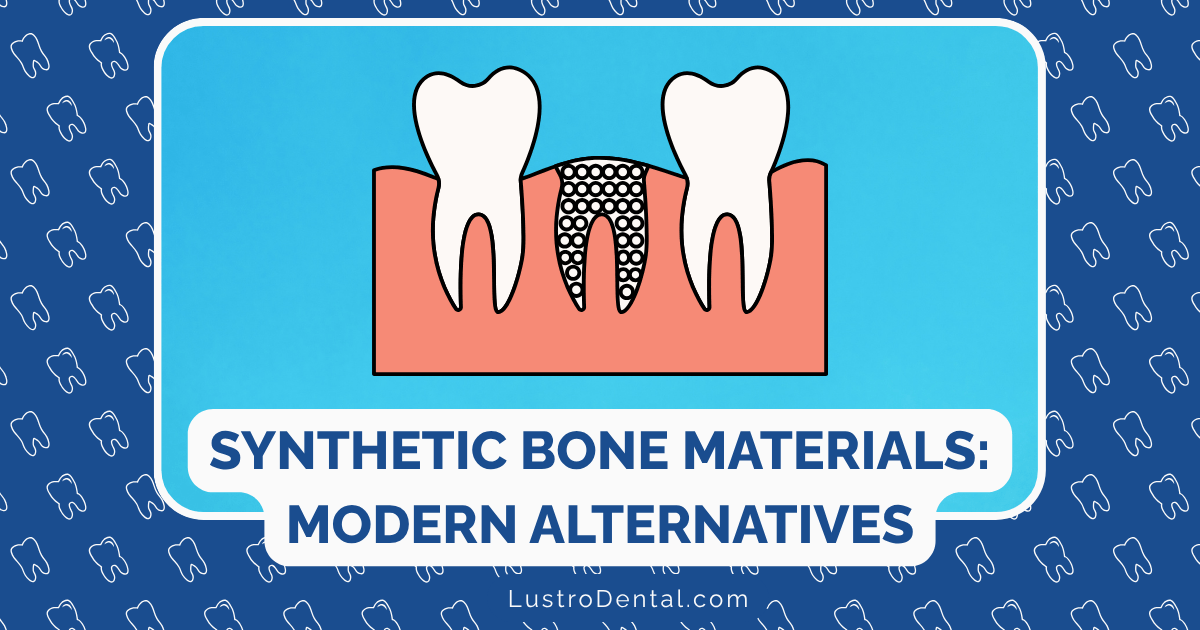Beyond Aesthetics: Functional Benefits of Corrective Jaw Surgery

When people hear the term “jaw surgery,” many immediately think of cosmetic procedures designed to enhance facial appearance. While aesthetic improvements are certainly a welcome outcome, corrective jaw surgery—also known as orthognathic surgery—offers far more profound benefits that extend well beyond looks.
As someone who’s guided many patients through their jaw surgery journeys, I’ve witnessed firsthand how this transformative procedure can dramatically improve quality of life by addressing fundamental functional issues that affect daily activities most of us take for granted: breathing, eating, speaking, and even sleeping.
In this comprehensive guide, we’ll explore the remarkable functional benefits of corrective jaw surgery and why, for many patients, these improvements represent the true life-changing value of the procedure.
Understanding Orthognathic Surgery: More Than a Cosmetic Procedure
Orthognathic surgery is a specialized procedure that corrects irregularities of the jawbones and realigns the jaws and teeth. Unlike purely cosmetic procedures, it’s designed to address structural issues that affect function.
According to the Mayo Clinic, corrective jaw surgery has a success rate of approximately 94%, making it one of the most reliable procedures for addressing jaw misalignment issues.
Dr. Sarah Johnson, an oral and maxillofacial surgeon at MedStar Health, explains: “While patients are often initially concerned about how their face will look after surgery, many are surprised to find that the functional improvements—better breathing, easier chewing, relief from pain—end up being what they value most about the procedure.”
Who Needs Corrective Jaw Surgery?
Orthognathic surgery is typically recommended for individuals with significant jaw misalignment that cannot be corrected with orthodontics alone. These misalignments may include:
- Severe overbite or underbite: When upper and lower teeth don’t meet properly
- Open bite: When front teeth don’t meet even when the mouth is closed
- Crossbite: When some upper teeth sit inside lower teeth when biting down
- Asymmetrical jaw: When the lower jaw is noticeably off-center
- Receding chin or protruding jaw: Affecting both function and facial balance
While these conditions do affect appearance, the decision to undergo surgery is primarily driven by functional concerns rather than aesthetics.
The Functional Benefits: Life-Changing Improvements
1. Enhanced Breathing and Sleep Quality
Perhaps one of the most significant functional benefits of corrective jaw surgery is improved breathing, particularly for those suffering from obstructive sleep apnea (OSA).
How Jaw Misalignment Affects Breathing
When the jaws are misaligned, the airway can become restricted, especially during sleep when muscles relax. This restriction can lead to:
- Snoring
- Breathing pauses during sleep (apnea)
- Reduced oxygen levels
- Fragmented sleep
- Daytime fatigue
The Surgical Solution
By repositioning the jaws—typically moving the upper jaw (maxilla), lower jaw (mandible), or both—surgeons can significantly expand the airway passage. According to research from Southwest Implants, this expansion can dramatically improve or even resolve obstructive sleep apnea in many patients.
Dr. Michael Chen, a sleep medicine specialist, notes: “For appropriate candidates, jaw surgery can be more effective than CPAP therapy for sleep apnea because it addresses the root cause of the obstruction rather than just managing symptoms.”
Real-World Impact
Patients who undergo corrective jaw surgery for breathing issues often report:
- Reduced or eliminated snoring
- Fewer or no breathing pauses during sleep
- More restful sleep
- Improved daytime energy
- Better concentration and cognitive function
- Reduced risk of sleep apnea-related health issues (hypertension, heart disease, stroke)
2. Improved Chewing Function and Digestion
The ability to chew food properly is something many people take for granted—until they can’t do it effectively.
How Jaw Misalignment Affects Eating
When jaws don’t align correctly, patients often experience:
- Difficulty biting into food
- Inefficient chewing
- Pain while eating
- Limited food choices
- Nutritional challenges
- Digestive issues (from inadequately chewed food)
The Surgical Solution
Orthognathic surgery realigns the jaws to create proper occlusion (the way teeth meet when biting). This correction allows for:
- More efficient and comfortable chewing
- Ability to eat a wider variety of foods
- Improved breakdown of food before swallowing
- Better nutrient absorption
- Reduced strain on digestive system
According to Benson Orthodontics, many patients report that the ability to eat normally without pain or limitation is one of the most satisfying outcomes of their surgery.
3. Enhanced Speech Clarity
Speech is a complex function that relies heavily on proper jaw alignment and tooth positioning.
How Jaw Misalignment Affects Speech
Misaligned jaws can lead to:
- Lisping
- Slurring
- Difficulty pronouncing certain sounds
- Reduced clarity
- Speech-related social anxiety
The Surgical Solution
By creating proper alignment between the jaws, orthognathic surgery can:
- Improve articulation
- Enhance pronunciation
- Increase speech clarity
- Boost communication confidence
Dr. Lisa Wong of Chorley Orthodontics explains: “Many patients are surprised by how much their speech improves after surgery. The proper positioning of the jaws and teeth creates the correct oral environment for clear articulation.”
4. Relief from TMJ Disorders and Chronic Pain
Temporomandibular joint (TMJ) disorders can cause significant pain and dysfunction, often related to jaw misalignment.
How Jaw Misalignment Affects the TMJ
Misaligned jaws can lead to:
- Uneven pressure on the jaw joints
- Muscle strain and fatigue
- Clicking or popping sounds
- Jaw locking
- Chronic headaches
- Facial pain
- Ear pain or ringing
The Surgical Solution
Corrective jaw surgery can address the underlying structural issues causing TMJ problems by:
- Creating balanced forces across the jaw joints
- Reducing muscle strain
- Establishing proper jaw function
- Eliminating compensatory movements
According to Dr. Larry Wolford, a renowned maxillofacial surgeon, many patients experience significant or complete resolution of TMJ symptoms following orthognathic surgery when the procedure addresses the underlying structural causes.
5. Improved Dental Health and Longevity
Jaw misalignment doesn’t just affect function—it can also impact the health and longevity of your teeth.
How Jaw Misalignment Affects Dental Health
Improperly aligned jaws can lead to:
- Abnormal wear patterns on teeth
- Increased risk of fractures and chips
- Difficulty cleaning certain areas
- Higher risk of decay and gum disease
- Compromised dental work
- Accelerated tooth loss
The Surgical Solution
By creating proper alignment, orthognathic surgery can:
- Distribute biting forces evenly across teeth
- Reduce abnormal wear
- Improve access for oral hygiene
- Decrease risk of dental problems
- Extend the lifespan of natural teeth and dental work
A study cited by Cleveland Clinic found that patients with corrected jaw alignment experienced significantly fewer dental problems in the decades following surgery compared to those with untreated misalignment.
The Psychological Impact of Functional Improvement
While this article focuses on physical function, it’s important to acknowledge that functional improvements often lead to significant psychological benefits as well:
- Reduced self-consciousness: When speaking and eating become easier
- Improved social confidence: From better communication abilities
- Enhanced quality of life: Through pain relief and better sleep
- Reduced anxiety: About managing daily activities
- Greater sense of well-being: From overall health improvement
Dr. James Miller from Cleft Surgery Mumbai notes: “The psychological benefits often cascade from the functional improvements. When patients can eat, speak, and breathe normally—often for the first time in their lives—their confidence and quality of life improve dramatically.”
The Surgical Journey: What to Expect
Understanding the process can help patients prepare for this significant but rewarding journey:
Pre-Surgical Phase
- Comprehensive evaluation: Including X-rays, CT scans, and functional assessments
- Orthodontic preparation: Usually 12-18 months of braces to align teeth properly
- Surgical planning: Often utilizing 3D imaging and virtual surgical planning
- Pre-surgical consultations: To address questions and prepare for recovery
The Surgery
- Anesthesia: General anesthesia is used for comfort
- Surgical access: Incisions are typically made inside the mouth (no visible scars)
- Bone repositioning: Jaws are precisely cut and repositioned
- Fixation: Titanium plates and screws secure the bones in their new positions
- Closure: Incisions are closed with dissolvable sutures
Recovery Phase
- Initial healing: Hospital stay of 1-3 days
- Dietary modifications: Liquid and soft food diet for 6-8 weeks
- Physical limitations: Restricted activity for several weeks
- Follow-up care: Regular appointments to monitor healing
- Final orthodontics: To fine-tune tooth position after surgery
- Complete recovery: Full healing takes 9-12 months, though most patients return to normal activities much sooner
Is Corrective Jaw Surgery Right for You?
While the benefits can be life-changing, orthognathic surgery is a significant procedure that isn’t right for everyone. Ideal candidates typically:
- Have significant jaw misalignment affecting function
- Have completed facial growth (usually late teens or older)
- Are in good general health
- Have realistic expectations about outcomes
- Are committed to the full treatment process, including orthodontics
- Have functional issues that cannot be adequately addressed with orthodontics alone
A consultation with an oral and maxillofacial surgeon and an orthodontist is the best way to determine if you’re a candidate for this transformative procedure.
Success Stories: Function Over Form
While before-and-after photos often highlight the aesthetic changes from jaw surgery, patient testimonials frequently focus on the functional improvements:
“I never realized how much energy I was using just to breathe until after my surgery. Now I sleep through the night, and I have so much more energy during the day.” – Sarah, 32
“Being able to bite into an apple for the first time in my life was an emotional moment. I cried tears of joy in the middle of a restaurant.” – Michael, 26
“My chronic headaches disappeared almost immediately after surgery. After years of pain medications, the relief is incredible.” – Jennifer, 41
Final Thoughts
Corrective jaw surgery represents one of the most profound examples of how a single procedure can address multiple functional issues simultaneously. While the aesthetic improvements are certainly welcome, the true value for most patients lies in the functional benefits that transform daily life.
If you’re struggling with issues related to jaw misalignment, consider consulting with specialists who can evaluate whether orthognathic surgery might be appropriate for your situation. The journey may be challenging, but for those who need it, the functional improvements can be truly life-changing.
Have you undergone corrective jaw surgery or are you considering it? What functional issues are most impacting your quality of life? Share your experience in the comments below to help others on their jaw surgery journey.


